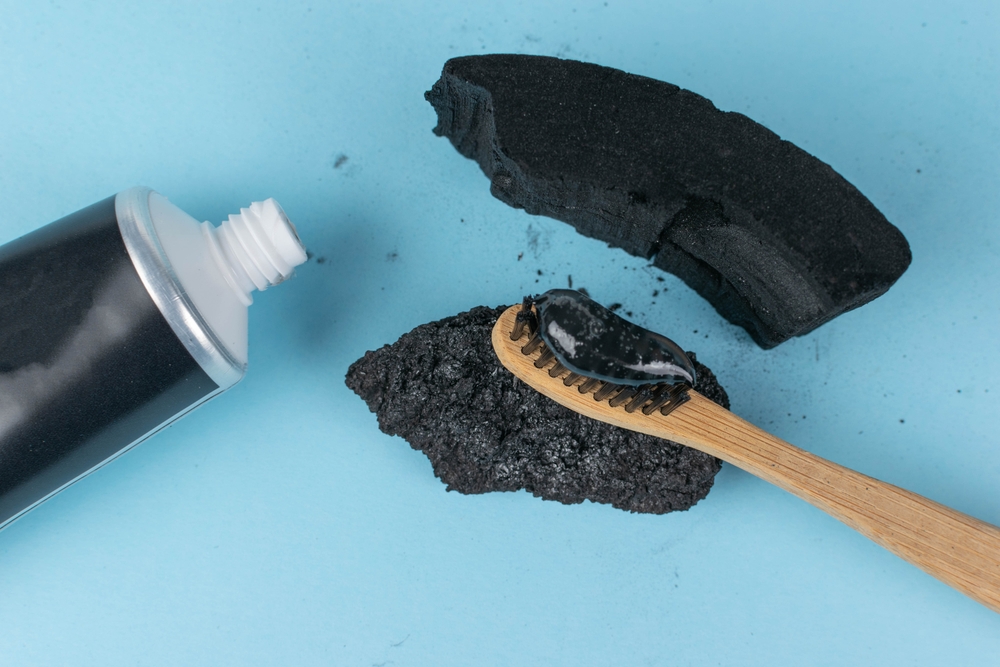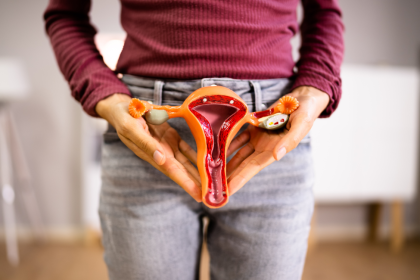A comprehensive look at what activated charcoal can and cannot do for your dental health
How activated charcoal works on teeth
Activated charcoal has gained enormous popularity as a natural teeth whitening solution over the past few years. This fine black powder looks nothing like traditional whitening products, yet many users swear by its ability to transform stained teeth. The science behind its action centers on adsorption—a process where substances adhere to a surface rather than being absorbed into it.
The activated charcoal used for oral care differs significantly from barbecue charcoal. It undergoes an oxidation process that creates a highly porous structure with an enormous surface area. These microscopic pores act like magnets for certain molecules, particularly organic compounds that cause staining. When applied to teeth, activated charcoal theoretically binds to surface stains from coffee, tea, wine, and berries, allowing them to be rinsed away.
The pH-altering properties of activated charcoal create another potential benefit. By temporarily making the mouth more alkaline, it may create an environment less favorable to cavity-causing bacteria. This alkalinity can help neutralize acidic compounds that contribute to enamel erosion and tooth decay. However, this pH change is short-lived and returns to normal shortly after rinsing.
The 5 most common teeth stains it targets
- Coffee and tea stains represent the most common dental discoloration that activated charcoal claims to address. These beverages contain tannins that bind to tooth enamel, creating yellowish-brown discoloration over time. The porous structure of activated charcoal may bind to these tannin molecules on the tooth surface.
- Red wine contains chromogens and tannins that produce notoriously stubborn purple-red stains. Regular drinkers often develop characteristic discoloration along the gum line and between teeth. Activated charcoal proponents suggest its binding properties can help lift these difficult stains.
- Berry pigments from blueberries, blackberries, and pomegranates contain intense natural dyes that readily adhere to dental surfaces. These colorful compounds can penetrate microscopic cracks in enamel, creating stains that regular brushing often misses. The adsorptive properties of charcoal may help capture these pigments before they become permanently embedded.
- Tobacco stains present among the most challenging dental discolorations. The tar and nicotine in cigarettes create deep yellowish-brown stains that penetrate enamel. While activated charcoal may help with surface discoloration, the deeper staining typically requires professional treatment.
- Curry and tomato sauce contain vibrant pigments that can gradually discolor teeth. The turmeric in curry imparts a distinctive yellow hue, while the lycopene in tomatoes creates reddish staining. Activated charcoal users report some success in managing these food-based discolorations through regular application.
The dental expert perspective
While activated charcoal has garnered significant public interest, dental health professionals maintain more measured views on its effectiveness and safety. The American Dental Association has not granted its Seal of Acceptance to any activated charcoal dental products, citing insufficient scientific evidence supporting whitening claims and safety.
The primary concern among dental professionals centers on abrasivity. Activated charcoal has a relatively high abrasion index compared to standard toothpastes. This abrasiveness could potentially damage enamel with frequent use, especially when applied with vigorous brushing. Once enamel wears away, it cannot regenerate, potentially leading to increased sensitivity and vulnerability to decay.
Another limitation involves the type of discoloration activated charcoal can address. It may help with extrinsic stains—those on the surface of teeth from foods, drinks, and tobacco—but cannot affect intrinsic discoloration occurring inside the tooth. Discoloration from medications, trauma, or aging remains unaffected by surface treatments like activated charcoal.
Research published in the Journal of the American Dental Association found minimal evidence supporting the efficacy claims of charcoal-based products. The review concluded that charcoal products may be too abrasive for daily use and expressed concern about the potential for increased tooth sensitivity and enamel erosion with regular application.
How to use activated charcoal safely
For those interested in trying activated charcoal despite the limited scientific evidence, following proper techniques can help minimize potential risks:
Create a paste by mixing activated charcoal powder with a small amount of water. The consistency should be similar to regular toothpaste—neither too runny nor too thick. Some users add a drop of peppermint essential oil for freshness, though the charcoal itself has virtually no taste.
Apply the paste gently to teeth using a soft-bristled toothbrush. Unlike regular brushing, use very light pressure and small circular motions. The goal is to allow the charcoal to contact stained areas without aggressive scrubbing that could damage enamel. Some dental professionals recommend applying it with your finger instead of a brush for even gentler application.
Limit contact time to 2-3 minutes maximum. Prolonged exposure offers no additional benefits and might increase abrasion risk. Resist the urge to brush vigorously, as the charcoal works through adsorption rather than abrasion.
Rinse thoroughly with warm water, which may require several rinses until the water runs clear. Follow with normal brushing using regular toothpaste to remove any remaining charcoal particles and to reintroduce fluoride to the tooth surface.
Restrict frequency to once or twice weekly maximum. Daily use increases the risk of enamel abrasion and may lead to increased sensitivity over time. Those with sensitive teeth or existing enamel erosion should consult their dentist before trying activated charcoal.
Practical considerations for charcoal users
Beyond the scientific considerations, several practical factors deserve attention when using activated charcoal for teeth whitening:
The messiness cannot be overstated. The fine black powder easily disperses and can stain grout, countertops, clothing, and bathroom fixtures. Protect surfaces with towels, wear clothing you don’t mind staining, and clean spills immediately. Some users find it helpful to brush with charcoal in the shower to contain the mess.
Sink maintenance becomes important, as charcoal can build up in drains over time. Flush thoroughly with hot water after each use to prevent accumulation. Porcelain sinks may temporarily stain but typically clean up well with standard bathroom cleaners.
Dedicated equipment helps prevent cross-contamination. Use a separate toothbrush exclusively for charcoal application, as the black particles embed in bristles and can be nearly impossible to remove completely. Store this brush separately from your regular toothbrush.
Pre-mixed options offer convenience for those deterred by the mess of powder. Commercially available activated charcoal toothpastes contain the ingredient in a more manageable form, though often with additional ingredients that may affect efficacy or introduce other concerns.
Photography considerations may surprise first-time users—charcoal temporarily darkens the appearance of gums and tongue, creating an alarming look. Avoid scheduling important photographs or meetings immediately after use, as traces can linger despite thorough rinsing.
Alternatives worth considering
For those concerned about activated charcoal’s limitations or potential risks, several alternative approaches offer whitening benefits with stronger scientific backing:
Hydrogen peroxide-based whitening products work through oxidation rather than adsorption. The peroxide molecules penetrate enamel and break down complex molecules responsible for discoloration. These products have extensive research supporting both safety and efficacy when used as directed.
Professional dental cleaning removes surface stains through controlled scaling and polishing performed by trained dental hygienists. This approach eliminates extrinsic stains without risking enamel damage and provides additional health benefits by removing plaque and tartar buildup.
Baking soda offers mild abrasive properties with a well-established safety profile. While less dramatic in effect than activated charcoal, it provides gradual whitening through mechanical stain removal and has received the ADA Seal of Acceptance in several commercial toothpaste formulations.
Oil pulling using coconut oil presents another traditional approach with milder effects. The practice involves swishing oil in the mouth for 15-20 minutes, allowing it to bind with bacteria and surface stains. While scientific evidence remains limited, this method poses minimal risk to enamel integrity.
Professional whitening treatments provided by dentists deliver the most dramatic results through higher-concentration peroxide preparations applied under controlled conditions. This approach addresses both extrinsic and intrinsic discoloration and includes safeguards to prevent gum irritation and tooth sensitivity.
The bottom line on activated charcoal
The appeal of activated charcoal lies in its natural origin, relatively low cost, and the dramatic before-and-after visual experience of using a pitch-black substance to whiten teeth. For occasional use targeting surface stains from food and beverages, it may offer some benefit when applied correctly.
However, the limited scientific research, concerns about abrasiveness, and inability to address intrinsic discoloration suggest that activated charcoal should not replace established dental hygiene practices or professionally supervised whitening. The potential long-term effects on enamel remain inadequately studied, giving dental professionals reasonable cause for caution in recommending its regular use.
Those with existing dental work should exercise particular care, as activated charcoal may cause staining of composite restorations, crowns, and veneers. The material can accumulate in microscopic defects in these restorations, potentially creating permanent discoloration that requires professional intervention to address.
The decision to use activated charcoal ultimately requires balancing aesthetic goals against potential risks. While many users report satisfaction with the results, the most prudent approach involves consulting with a dental professional about all whitening options and using established methods with stronger scientific support for both safety and efficacy.
For those who choose to proceed with activated charcoal, moderation remains the key principle—occasional use with gentle application techniques minimizes potential risks while still providing any benefits the substance may offer. As with most dental health decisions, professional guidance tailored to your specific oral conditions will provide the most reliable path to both a brighter smile and long-term dental health.
















